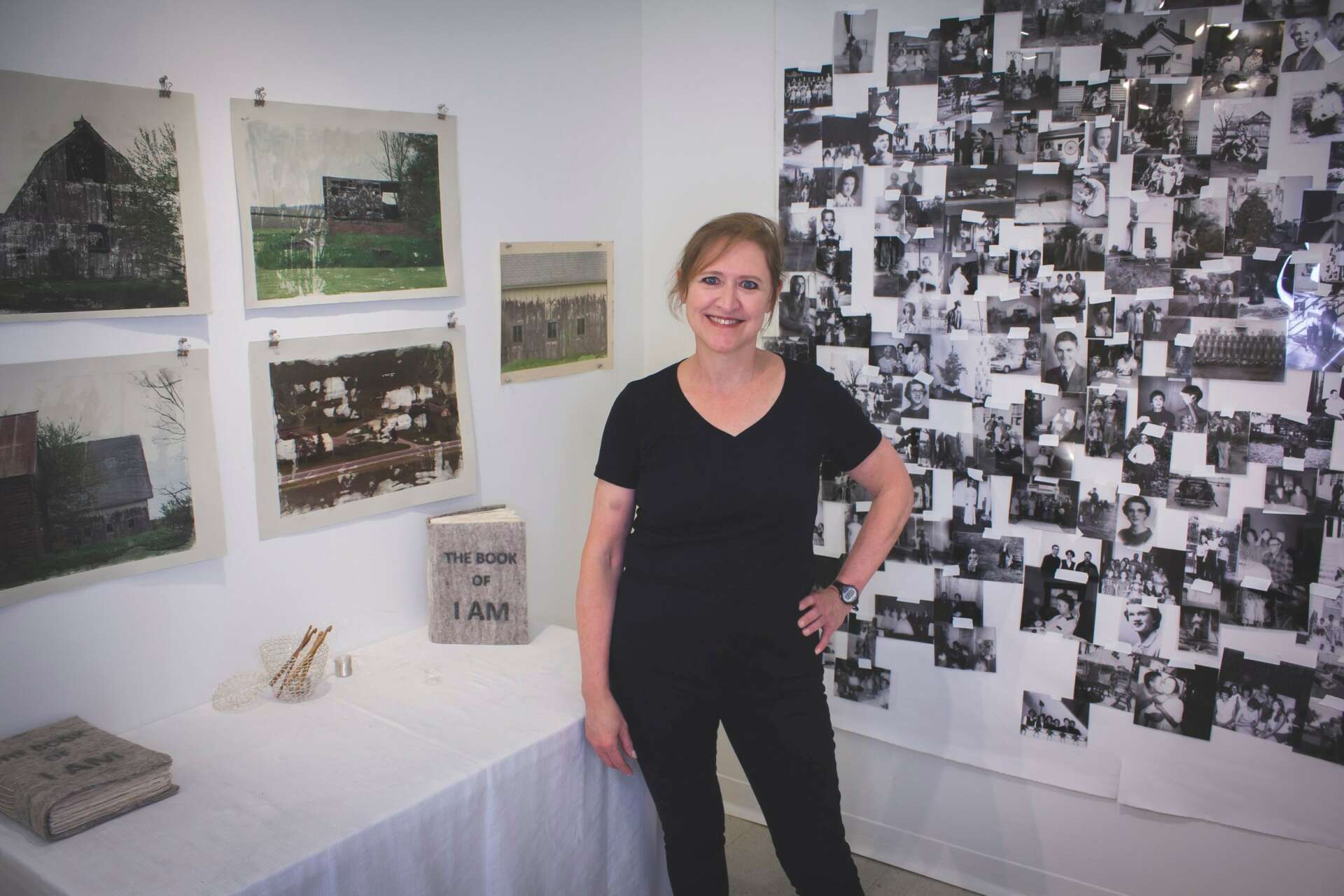We were lucky to catch up with Janine Brown recently and have shared our conversation below.
Janine, looking forward to hearing all of your stories today. How did you learn to do what you do? Knowing what you know now, what could you have done to speed up your learning process? What skills do you think were most essential? What obstacles stood in the way of learning more?
In 2003, I started my artistic career when my twin boys were just two years old. I held a Bachelor of Fine Arts, but I hadn’t created art for ten years. Over the past twenty years, I have been exploring as many mediums as I possibly can. I started by painting with watercolors. Then moved on to oil paints, printmaking, and pastels. The work would fluctuate from representational to abstract. For half of that time, I focused on a body of work called The Wallflower Project, which examined the stigma of being a wallflower through portraits created with pinhole photography. The culmination of that project was an installation called The Wallflower at the Dance which took 4 1/2 years to complete using crocheted yarn and wire.
I am always interested in learning new techniques, so from that project, I turned to collage with a Fantasy Face project where I used photographs from two photographers (one based in Los Angeles, CA and the other in Bridgeport, CT). I created photo transfers of their work on wallpaper and then collaged images from magazines on them.
As a middle-aged woman, I still want to improve my practice so in 2021 I started an MFA program. During that time, I learned video and sound editing, ceramics and mold making, digital embroidery, stop motion animation, and finally bio art.
I find that continuously learning new techniques helps to make my work more complex and gives me more flexibility in the creative process. Since there are so many how-to videos online, I expect to continue learning new techniques now that I have completed my MFA.

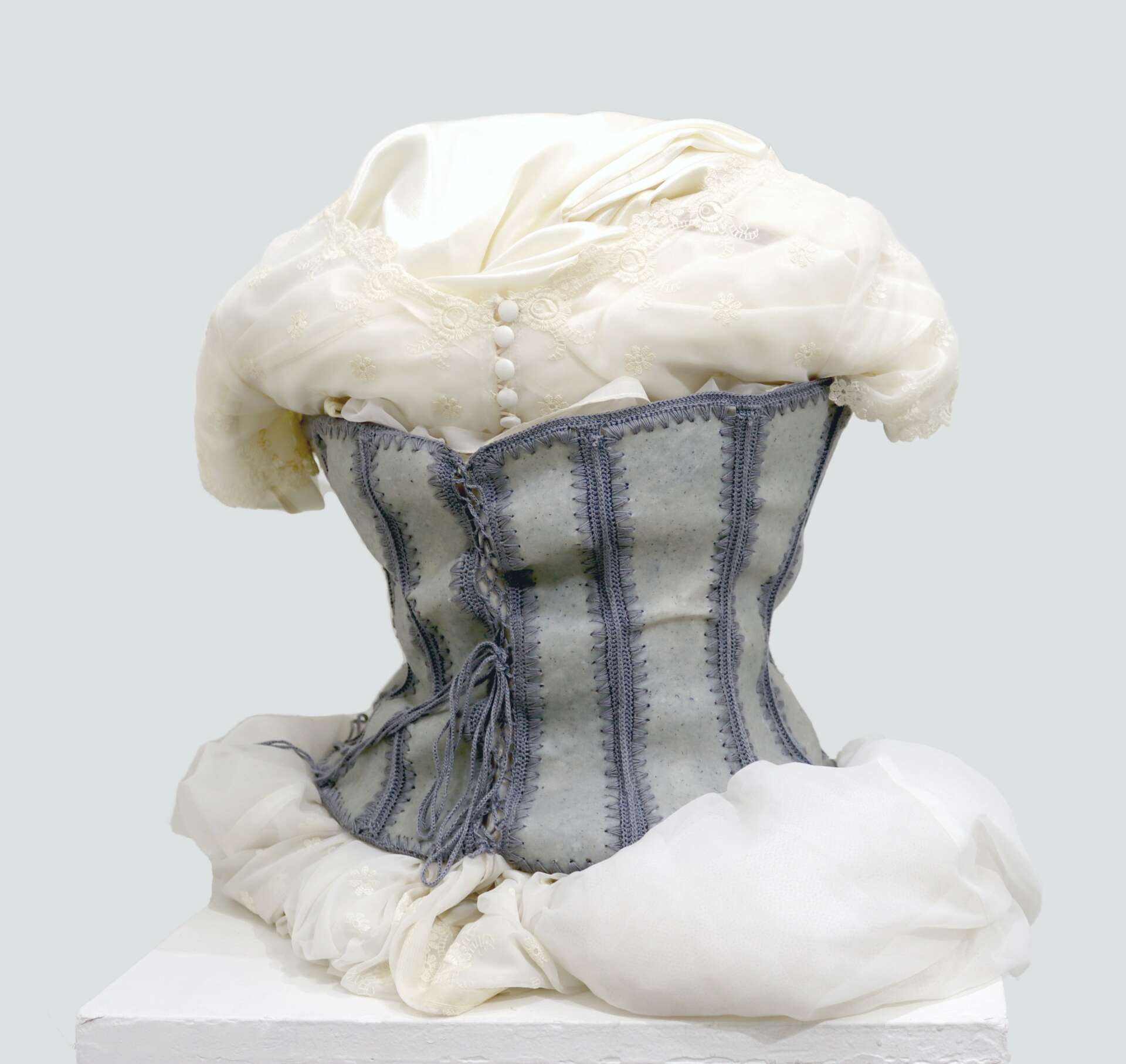
As always, we appreciate you sharing your insights and we’ve got a few more questions for you, but before we get to all of that can you take a minute to introduce yourself and give our readers some of your back background and context?
I have always been interested in the creative work sector. I started undergraduate studies in fashion design but changed my major to Craft Design/Fine Art. As graduation neared, I feared I couldn’t make a living as an artist, so I pursued the one-year Fashion Design program at the Fashion Institute of Technology in New York City and then worked as a fashion and textile designer for seven years. During that time, I got married and earned my Master of Business Administration at NYU. I worked in direct marketing until I had twin boys. At that point, I concentrated on fine arts and I have been creating art ever since.
My artwork over the years has changed drastically from representational works in watercolor, oil, and printmaking to more conceptual works using pinhole photography and installation to video and sound installations. During the pandemic, I decided to go back to school to get my Master of Fine Arts in the School of Visual Arts Low-Residency Art Practice program. I graduated from the program in July 2023. The program challenged me to really think about what drives my art practice. I grew up in the Midwest surrounded by women who crafted, cooked, and sewed and I focused my thesis research on the history of home economics, which was originally referred to as Domestic Science. It was founded by Ellen Swallow Richards, a chemist and the first woman to attend MIT.
My current work is based on research related to home economics and its origins as a science-based area for women to improve the world through the household. Using cooking, sewing, and craft skills taught to me as a child, I create biodegradable plastic and rubber materials that encapsulate kitchen leftovers, family financial statements, U.S. currency, and other relevant inputs. These biodegradable materials are used to create objects identified with the constraints and demands of the domestic space, women, and a capitalist world. Due to their biodegradable properties, the sculptures have the potential to be “freed” given the right environmental conditions.
In my art practice, I am most proud of my ability to use materials in new and unexpected ways.
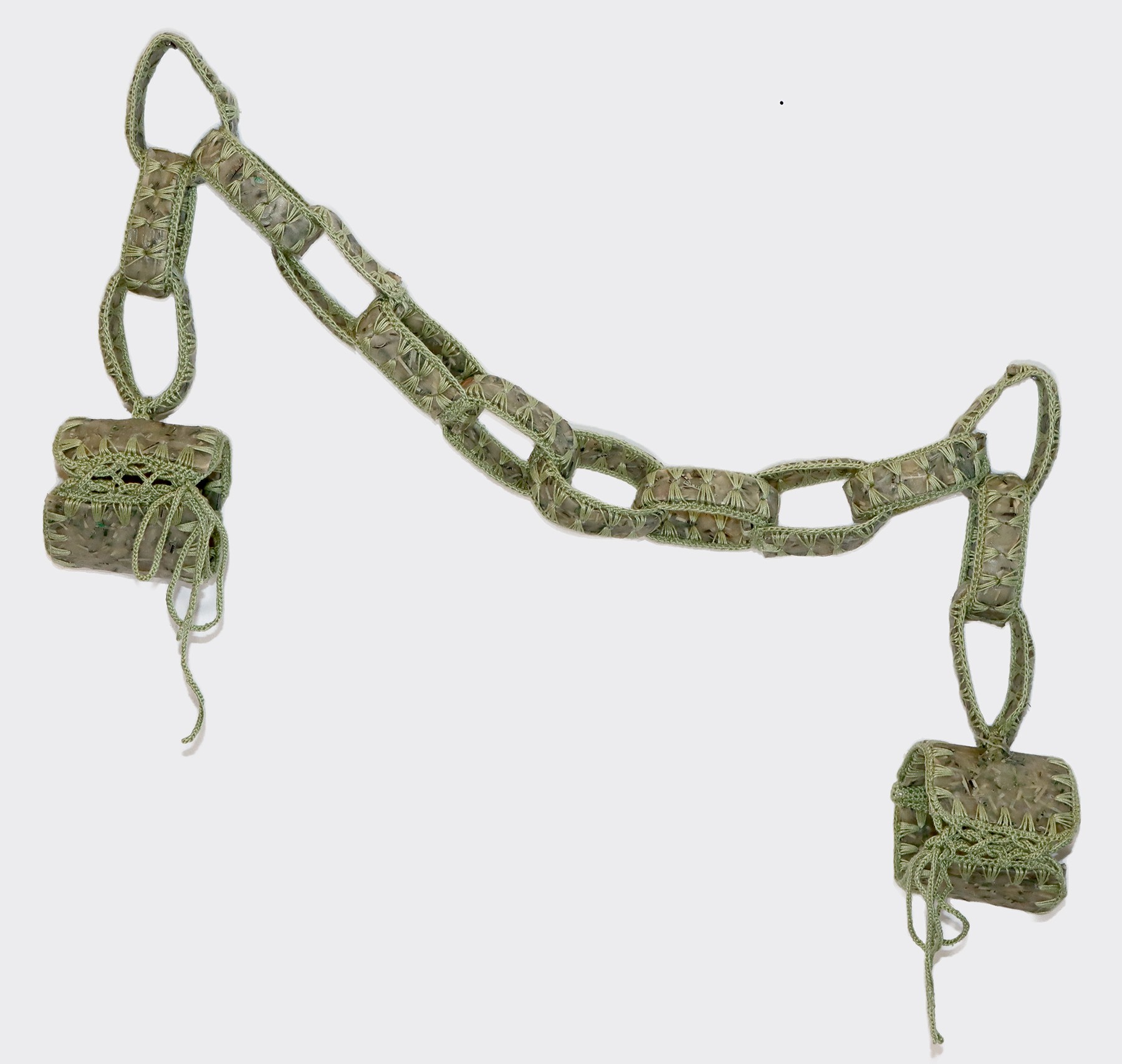
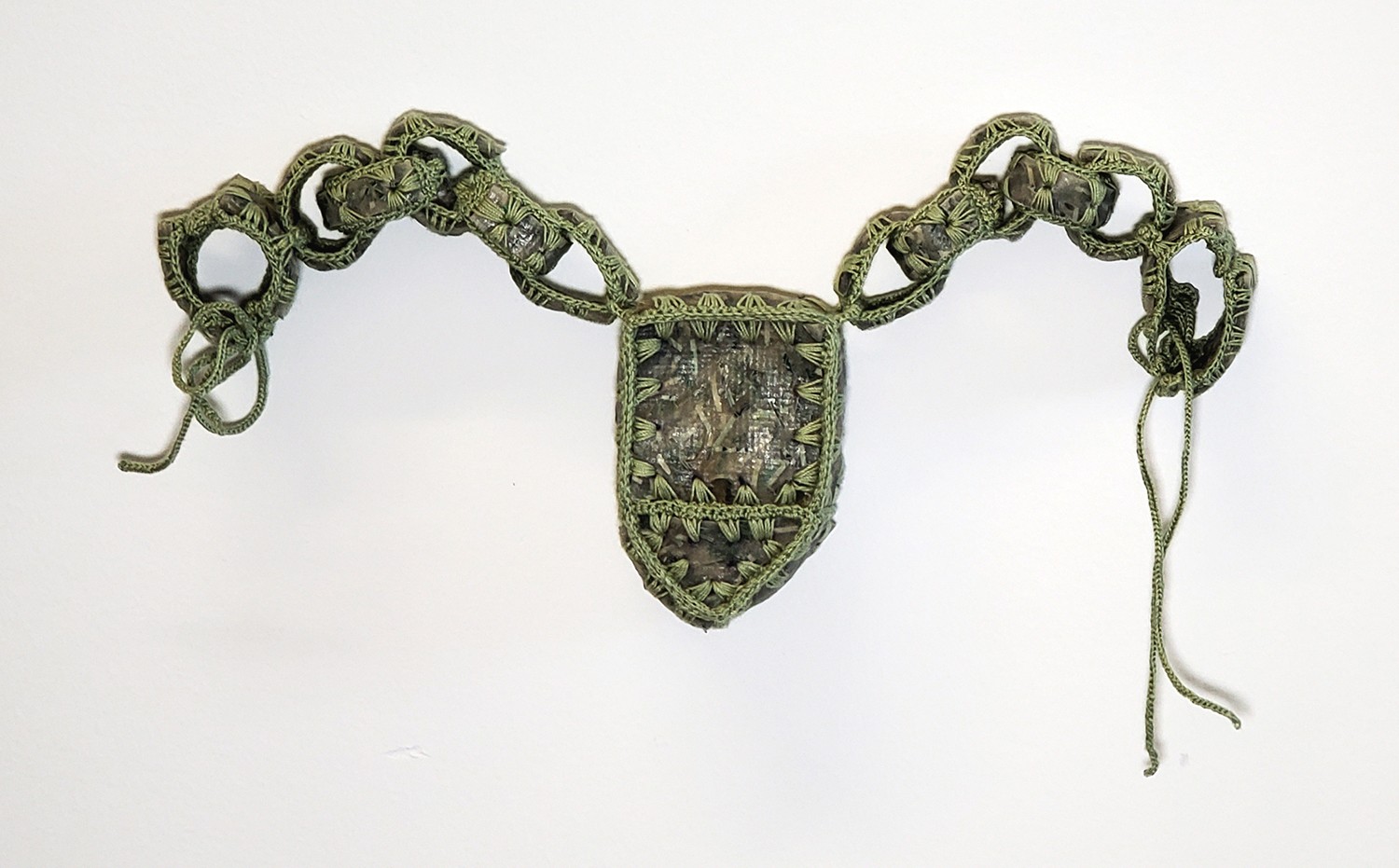
Is there a particular goal or mission driving your creative journey?
I’m not sure if it’s a goal, but it does drive my creative journey. I love working with my hands and exploring new and unexpected ways to work with materials. For better or for worse, I have so many ideas of what I could create with objects and materials that I start two or three projects at once.
But beyond my own excitement of creating, I want people to find my artwork thought-provoking, visually appealing, and/or moving. It would also be nice if they wanted to collect it. 😊

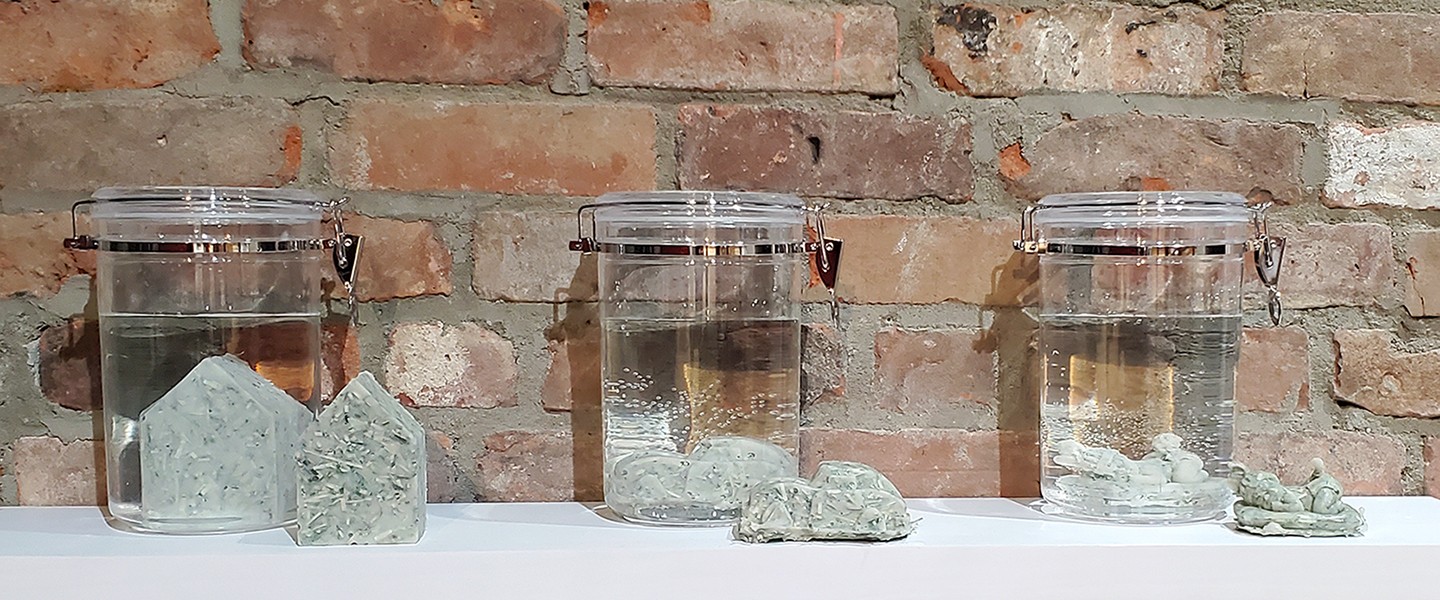
Are there any books, videos or other content that you feel have meaningfully impacted your thinking?
I have been watching a lot of videos and essays about how artists need to think of their practice as a business or brand. The word Artrepreneur has kept popping up over the last five years or so. That made me think that I could use my direct marketing experience to market my art practice and grow my audience. My recent work is more suited to the non-profit art space rather than the commercial gallery space, so connecting with the right people and exploring residencies. I have also recently joined a platform called Netvvrk, founded by Paddy Johnson (Art F City). It has been a valuable resource for meeting other artists and getting tips to improve the way I present my work and myself.
https://www.vvrkshop.art/netvvrk


Contact Info:
- Website: http://www.janinebrownstudio.com
- Instagram: https://www.instagram.com/janinebrownstudio/?hl=en
- Facebook: https://www.facebook.com/jbrownstudio/
- Linkedin: https://www.linkedin.com/in/janine-brown-070a6b24
- Youtube: https://www.youtube.com/channel/UCjGZ3l16xowwJRPNfMTFsBQ
Image Credits
Christienne Ebel, Janine Brown


